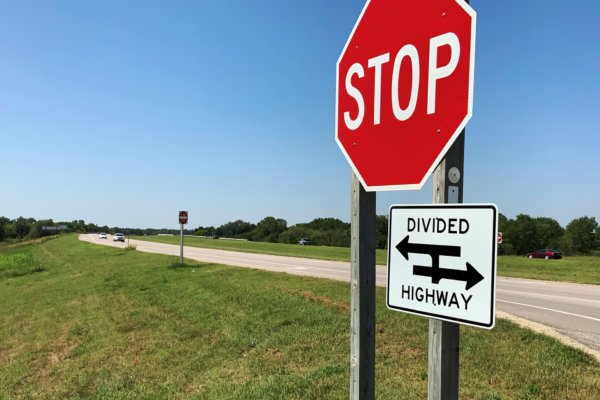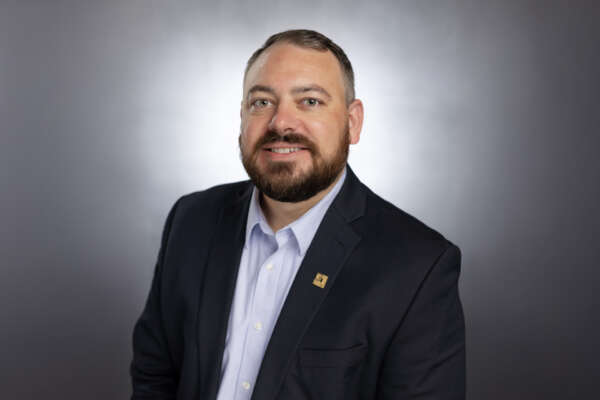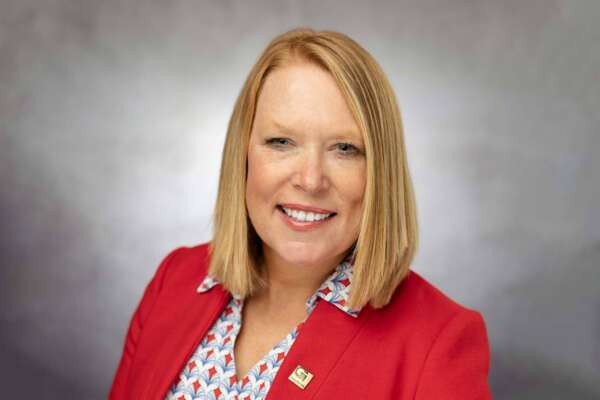The Intersection of Project Controls and APD

The addition of Matt Bezanson to the Project Controls Team was a major win for Garver. Matt has a broad range of experience on major public works projects including project finance, risk management, design, and construction administration of major public works. He will be a key contributor to Project Control’s mission of providing clients with the independent and timely data necessary to make informed and strategic decisions regarding a project’s overall schedule, scope, and cost.
But while he might sit on the Project Controls Team, Bezanson will be a conduit between Project Controls and the growing Alternative Project Delivery Group – to develop new metrics and reporting that are transparent, real-time, and appropriate for alternative delivery models to help leadership make informed data-based decisions.
In this IQ&A, Garver’s series of conversations with leading experts delivering value to communities across the country, Bezanson discussed the difference between financing and funding, risk analysis, and how alternative project delivery can help accelerate projects.
How does your work intersect with the Project Controls Team and the Alternative Project Delivery (APD) Team?
The Project Controls team at Garver has built some impressive tools related to cost and schedule management that are both real-time and transparent. If you haven’t seen some of the tools that Mark Schwartz’s team has developed, you really should. They’re one of the major reasons I was attracted to Garver. The reporting tools they’ve developed organize mountains of data into something that is both user-friendly and concise. It’s a major step in modernizing data-driven decision making for our clients’ leadership.
APD is another team that is rapidly expanding at Garver and moving us into new forms of project delivery. Having worked in alternative delivery for many years myself, I understand how different it is compared to traditional design-bid-build. APD procurements are often longer and more complex, cashflows can look drastically different, and more risks are often transferred to the private sector. This different process requires different data points and that is where my work intersects with Project Controls and APD.
My focus is to work with both of these two groups to find out how we can build on the project controls tools we already have to fit an alternative project delivery framework. Being able to track the right things at the right time will encourage transparent decision making.
What does accountability and transparency look like in that context?
Alternative delivery comes in two main forms: fixed price bids and progressive contracts. Under the fixed price bid approach, developers or contractors are submitting a fixed price bid based off a conceptual design. From then on, they are on the hook to perform, and if the project costs them more than anticipated, it’s their risk to manage. Progressive contracts, on the other hand, select a developer or contractor primarily on qualifications and the price does not become fixed until design is further developed, which is often months after selection.
Both approaches have been criticized for lack of transparency; either a price is fixed with very little detail provided or a team is selected with no competitive tension on pricing.
That’s where Project Controls can help. Because transparency has been baked into its processes. Real-time dashboards, analytics, and other mechanisms that show exactly where dollars are being spent would be great additions to the alternative delivery space. Accountability and transparency is a theme that I expect to become important for APD as well as the industry overall. With additional funds flooding infrastructure from the Infrastructure Investment and Jobs Act (IIJA), we should be prepared to be able to account for exactly how those funds are being spent.
To what extent does the current economic situation play into your work?
Right now, we're in a massively inflationary environment. As of January of this year, ENR’s construction index showed an 8% increase in construction costs compared to January 2021. Costs are escalating faster than they have at any point in my career. This is eroding our clients’ purchasing power. Anything you can do to deliver projects earlier and not be exposed to further inflation risk is a big win.
On the other hand, you have a huge increase in funding coming through IIJA, which is positive. Additionally, it expanded some low-cost financing programs such as TIFIA loans (Transportation Infrastructure Finance and Innovation Act) and RRIF loans (Railroad Rehabilitation & Improvement Financing). This means there are new funds as well as ways to accelerate those funds through low cost financing.
We will be focused on helping our clients figure out how to make sense of the economic risks and opportunities available to them. These opposing economic forces will not impact every client or project the same, so it’s important to bring these macro forces down to their micro impacts and both APD and Project Controls will play a big role in helping our clients solve this puzzle.
People often talk about funding and financing as if they were the same. How are they different and why does that matter?
Funding and financing are two financial terms that are often used interchangeably, but they are very different things. Funding, simply put, is cash available to pay for projects while financing is a tool that defers when a project is paid for. Funding often comes in the form of grants, appropriated budgets, and revenue streams while financing often comes in the form of a bond, loan, or other form of debt. Financing is a great tool to accelerate project delivery, but it will never replace project funding.
Understanding the difference between the two is important because without a sound financial plan, there is no project. A financial plan is often built on responses to three simple questions: Are there funds available to pay for the project today? Will additional funds become available in the future? And are current and future funds adequate to pay for the project?
If there aren’t adequate project funds available today or in the future, a project simply cannot move forward without de-scoping or additional funding. However, if you don't have funds available today but will at a future date, financing tools can bridge the gap.
Some forms of alternative project delivery incorporate financing, which becomes another tool in the toolbox for our clients. It is important for Garver to understand when financing may benefit our clients and that’s an area I will be focused on.
To learn more about how the intersection of Project Controls and APD can help accelerate infrastructure projects, contact Matt below.









Share this article